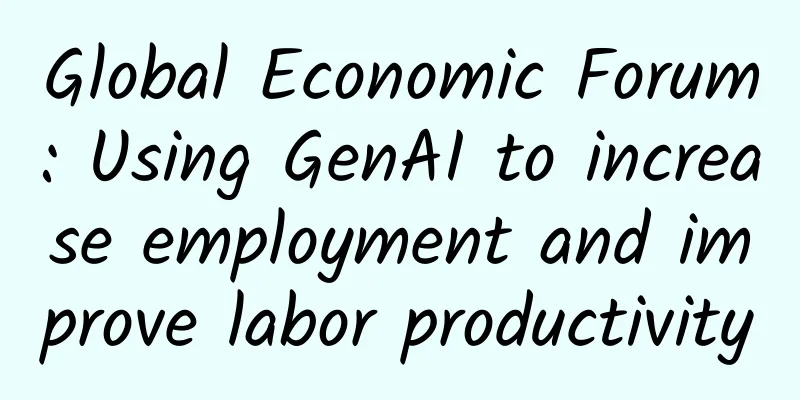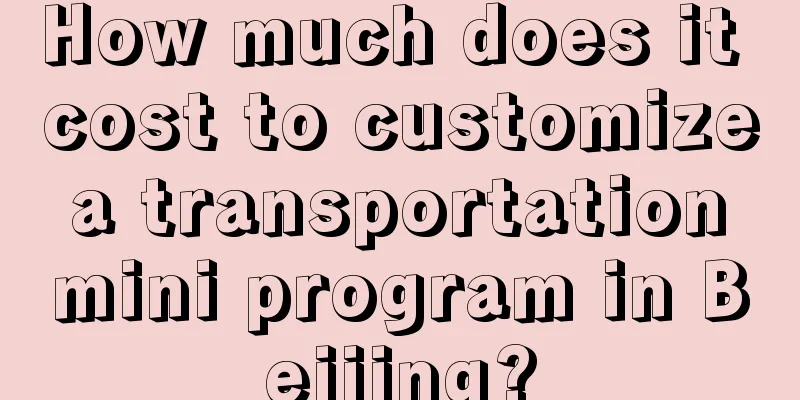Global Economic Forum: Using GenAI to increase employment and improve labor productivity

|
Generative artificial intelligence (GenAI) has the potential to drive significant gains in labor productivity at the task, organizational, and economic levels. Achieving these gains depends on the deployment of GenAI, where tasks are partially performed and technology effectively supports or augments human capabilities through human-machine collaboration. In the global context What differentiates GenAI from previous AI developments is its ability to expand the use of AI and remove barriers to expertise. GenAI has the potential to contribute to economic and productivity growth, creating efficiencies by freeing up work time spent on low-value tasks to engage in high-value activities. Scenario Analysis With such rapidly evolving technology, even the relatively near future is difficult to predict. To help think through the possibilities, it’s helpful to consider scenarios based on two key uncertainties that will impact the job growth, productivity, and innovation that GenAI will enable in the near future. The first core uncertainty relates to the level of trust in GenAI, which refers to the confidence that employees and organizations have in GenAI-driven tools and their outputs, as well as the trust that employees have in their employers, technology providers, and governments. The second core uncertainty concerns whether the applicability and quality of GenAI will continue to improve or remain the same in the near term. Insights from early adopters The report, based on interviews with more than 20 early adopters from a wide range of industries and regions around the world, outlines four near-term scenarios that provide useful context for understanding them in depth. These organizations are pursuing GenAI in part out of confidence in productivity gains. They also believe that GenAI will improve the quality of work and employee experience. A different motivation is the desire to preempt potential disruptions to their own businesses. The organizations that were quickest to adopt GenAI among their workforces were those that could be described as “data-driven.” They emphasized the need to develop and test GenAI solutions in small groups before rolling them out to the rest of the organization, in order to identify and resolve issues before broader implementation. Framework for Action Combining insights from scenario analysis and lessons learned from early adopters, the report proposes an actionable framework for promoting job creation and workforce productivity growth with GenAI. It focuses on factors that are within the control of organizations and is designed to be useful both for organizations just beginning their GenAI workforce deployment journey and for those seeking to expand existing efforts.
|
<<: 360 Vizza Mobile Review: A Phone More Worth Its Price Than iPhone X
Recommend
A comprehensive explanation of the Android advanced view coordinate system
Preface First of all, I wish you all a happy Nati...
Poor copy conversion? You may have overlooked this.
I guess many copywriters have encountered the abo...
How to write a competitive product analysis, I have summarized 5 common problems and 1 set of methodology!
There is no doubt that competitive product analys...
As of 2021, there are several popular 5G mobile phones. Which one are you using?
A few months ago, it seemed that 5G was still syn...
Midea air-energy water heater SEO training case
Originally, the customer only wanted to optimize ...
How far are smart connected cars from being on the road?
At present, intelligent networked vehicles have b...
The monkeypox epidemic clearly does not constitute the world's highest public health event, so why is there still a risk of it getting out of control?
According to U.S. media reports on July 3 local t...
The "Ball 2" digital life plan is revealed. How long will it take for the dream to come true?
After watching the movie, many people are very in...
Nanchong SEO training: How to identify the quality of website articles
For website optimization, both the inside and out...
Lunar Module: The two richest men in the world compete on the lunar surface
On May 19, 2023, NASA announced that it had selec...
Operational strategies for community operations!
The article reviews the development of a check-in...
Brand promotion, how does Uniqlo create best-selling products?
Every summer’s UT campaign is the peak of Uniqlo’...
B station product analysis report!
The article provides a brief analysis of Bilibili...
Super complete and detailed! 4 important links of user operation!
The first thing to be clear is that the links of ...
One person infected can infect the whole family. If you have these symptoms, you need to see a doctor as soon as possible.
Recently, Jiangsu Province released the "Jia...









